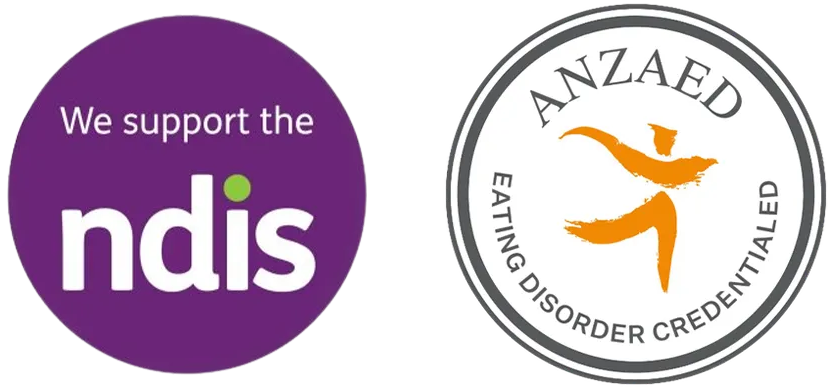Did you know that we have 100 trillion bacteria living in our gut?
While that may leave you feeling a little squeamish, don’t fear! These little guys are on our side, they play important roles in many metabolic, nutritional, physiological and immunological processes which keep us healthy. This includes acting as a barrier to prevent “bad” bacteria from invading and causing illness and producing nutrients that we can’t make ourselves (vitamin K, B12, folic acid, short chain fatty acids).
Incorporating probiotics and prebiotics into your diet is beneficial for keeping a healthy balance of “good” gut bacteria. It’s easy to do so, as well!.
So what are probiotics and prebiotics?
Probiotics
Probiotics are live microorganisms (bacteria or yeast) found in certain foods, which when consumed in adequate amounts are beneficial to our bodies. Common probiotics include the genera Lactobacillus and Bifidobacterium. In addition to encouraging the growth of our own “good bacteria”, probiotics have shown to increase our resistance to the common cold, decrease the risk of antibiotic associated diarrhoea and may prevent the development of allergies. Inflammatory bowel disease, irritable bowel syndrome (IBS) and obesity have been associated with an unbalanced “good” to “bad” bacteria ratio in the gut – the value of probiotics use in these conditions is still under exploration.
Not all foods which rely on the fermentation process of bacteria/yeast (such as bread) are considered probiotics. The “good” bacteria in these foods don’t always survive during food processing and exposure to oxygen, pH and heat. They also have to combat our digestive enzymes and acidic stomach juices before reaching our intestines where they can grow and replenish the healthy bacteria already there.
Foods which may contain probiotics include:
- Yoghurt
- Fermented milk products (kefir, buttermilk, yakult)
- Fermented vegetables (sauerkraut, pickles, kimchi)
- Tempeh
- Miso seasoning
*Foods which contain added probiotics should state so on the product packaging – including the name of the strain of bacteria, the viable quantity and whether the product has been clinically tested.
Prebiotics
A prebiotic is a type of fibre found in certain foods, which promotes the growth and activity of good bacteria in the gut. When consumed, prebiotics pass undigested through the stomach and small intestines until they reach the large intestine where they become “food” for the good bacteria living there. Prebiotics may be attributed to increased mineral absorption and improved blood glucose levels.
A wide range of foods are naturally high in prebiotics:
- Vegetables – green peas, snow peas, corn, garlic, onion, leeks, spring onion, asparagus, beetroot
- Fruits – watermelon, nectarines, white peaches, pomegranate, dried fruit
- Legumes – chickpeas, baked beans, red kidney beans, lentils
- Cereals – couscous, gnocchi, pasta, rye bread/crackers, barley, oats, wheat, soybeans
- Nuts – cashews, pistachio nuts
The Bottom Line
Keeping your digestive system happy is a foundation for good health. Try to include a variety of probiotic and prebiotic foods during the week as part of a balanced diet. Your gut will thank you!
